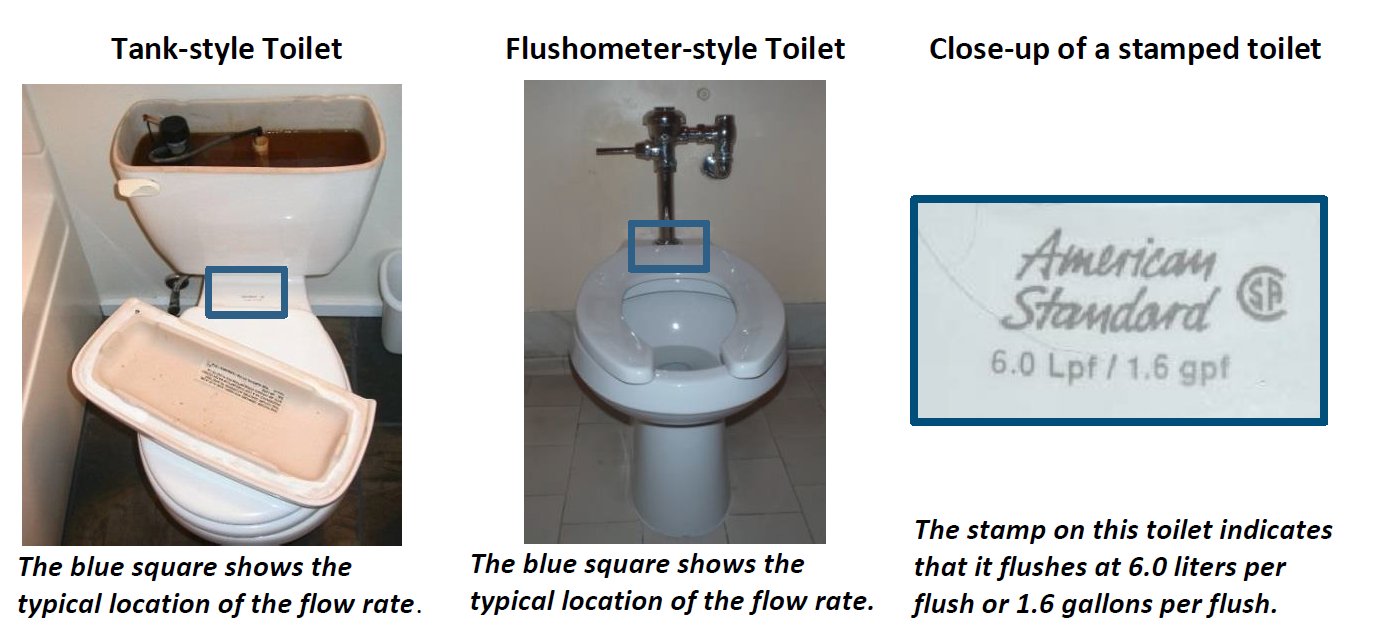Definitions:
-
Comparison of Types of Light Bulbs:

A lighting control device that detects when a space is occupied by people and turns the lights on or off automatically. To request one in your building visit Occupancy Sensor Request.
Attached to a sink tap, an aerator screws onto the tip of the faucet and mixes air and water to increase pressure for the user while decreasing water usage. The flow rate in gallons per minute (gpm) is typically stamped on the side of the aerator. If you still need help identifying your building's aerator flow rates, please email the Sustainability Office.

A device designed to protect electrical devices from voltage spikes by blocking or shorting to ground any unwanted voltages above a safe threshold.
Lighting that aids in illuminating personal activities such as reading, office work, etc. It can be recessed or track lighting, or portable floor or desk lamps. Task lighting saves energy compared to overhead lighting that brightens spaces not always needed.

The flow rate of a toilet or urinal is the volume of water it uses per flush in gallons per flush (gpf). Ideally, we want toilets to use <1.6 gpf and urinals to use <1.0 gpf. Most toilets have the flow rate stamped on them. If you need more help on identifying your building's toilet flow rates please email the Sustainability Office.







